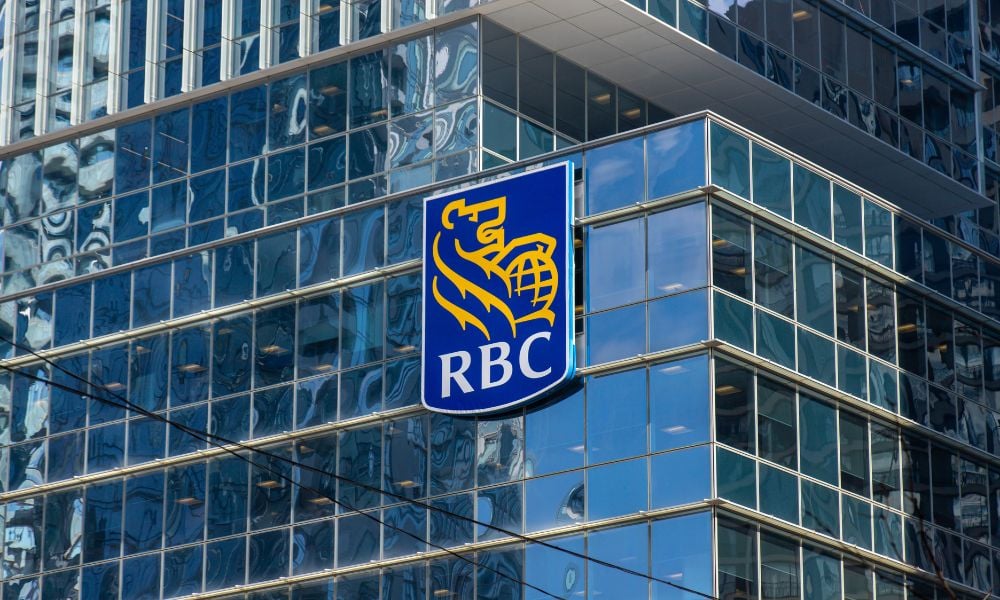Fixed income looks set to outperform cash for the first time in four years, how should advisors adapt?

Getting out of zero interest rate policy (ZIRP) was not a smooth or easy process. It took the onset of massive inflation, some of the fastest rate hikes in history, and a double-sided bear market in 2022 to get us to a place where monetary policy resembles ‘normal’ once again. With that normal policy, which resembles something more like the conditions that existed before the Great Financial Crisis, comes a higher effective risk-free rate for clients, thanks to the fact that government bonds now pay far higher income than they did through the years of ZIRP.
Angelo Kourkafas notes that there’s a chance to reconsider portfolio construction under this new monetary regime. After four years where cash and cash equivalents outperformed Canadian investment grade bonds, the Senior Global Investment Strategist at Edward Jones believes there’s an opportunity in the bond space again.
“For 2025 we see this trend reversing as the Bank of Canada interest rate cuts have already largely taken place and driven the yields for cash below bond yields,” Kourkafas says. “Since yields really are the main driver of fixed income returns in a more rangebound world, our view is that bonds will outperform cash in 2025, as they have for most of history, despite the painful adjustment period we’ve just come through.”
Kourkafas notes that there is still a range of uncertainty out there, with US trade policy as a chief source. Aggressive tariffs may force the Bank of Canada to cut lower than is advantageous for bond investors. He notes, though, that these tariffs may be more of a negotiating tactic than a long-term policy goal. Therefore he expects that the 10-year yield to remain somewhat rangebound in Canada as the BoC slows their cutting. Income, rather than appreciation, should drive fixed income returns for investors. Oversized allocations to cash, he argues, might start to become a drag on portfolios. Kourkafas believes that many clients with lower risk tolerances — especially retirees — could benefit from a shift towards bonds simply for the ability to earn a solid income return for very little risk.
Credit, he notes, can also help contribute to the fixed income side of the portfolio. Kourkafas and his team see stable credit trends and rising corporate profits, which speak to strength and stability in this space.
These trends in the fixed income space should be supportive for advisors in the context of rising equities as well. Kourkafas believes that equity markets will continue their bull run this year — albeit at lower rates of return. Strategic blends between stocks and bonds, Kourkafas says, can help client portfolios rise more consistently this year, as opposed to previous years where equities largely offset any losses on the bond side. He notes, though, that the equity rally should focus more on the smaller-cap names that drove less growth in the past few years.
Through the past few years, much was made about the ‘death’ of the 60/40 portfolio allocation. Kourkafas believes that when advisors start seeing headlines proclaiming the end of the 60/40, they should “double down” on the balanced portfolio. He notes that the moment when that argument held the most water, we were in a set of extremely unique historical circumstances. As continued normalization becomes the goal of central banks, he believes the utility of the 60/40 portfolio will make itself all the more apparent for Canadian investors. Inflation expectations, he says, are largely contained and should not introduce the kind of dynamics we saw in 2022.
A higher neutral resting rate, Kourkafas says, might engender more negative reactions from investors in the context of ZIRP. The argument may be that the implications for growth are more constraining. He notes, however, that growth has consistently surprised to the upside despite higher rates, especially in the United States. Advisors can take heart from that and explain bond allocations now in the context of a return to normal.
“In a world where you have high interest rates that are not suffocating the economy, you can still benefit on the equity side from earnings growth… on the fixed income side you have nice yields which are going to be the primary driver of returns,” Kourkafas says. “From a total portfolio perspective, it is important for clients to have realistic expectations for returns and for advisors to explain that our higher interest rates are because of the resiliency we’ve seen across the board.”



